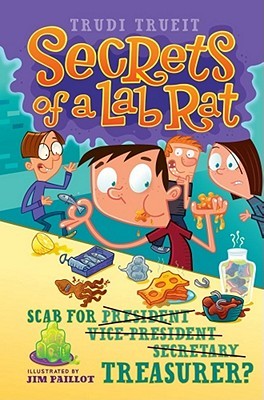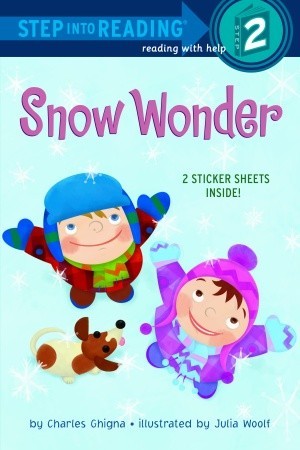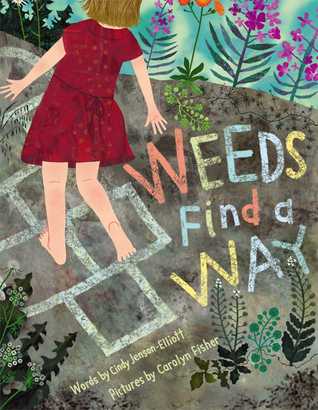Today, I'm sharing my first post ever to explicitly focus on the early literacy practice of play. Sensory bins - which I originally discovered on Pinterest - provide great opportunities for kids to explore the world using their sense of touch. While most of the examples I have seen have been geared toward preschoolers and thus contain small objects, I thought the concept would work really well for babies in general, and for my 7-month-old specifically. Therefore, I set out to create a bin that would be safe for a child who puts everything in her mouth, but that would introduce her to a new concept. Since July Fourth is just around the corner, I opted to make a red, white, and blue bin.
First, I made sure to avoid any object that is small enough to fit into a toilet paper tube, as objects of that size are definite choking hazards for babies. Next, I worked on trying to have a decent representation of each of the three colors in the mix of objects, so that the distribution would be even. Finally, I selected objects featuring a variety of sizes, thicknesses, and textures, so playing in the bin would be a true sensory experience.
Contained in the bin (which is just a white dish pan that used be the baby's newborn bathtub) are the following items:
- 13 pompoms - 5 red, 5 white, 3 blue (purchased at A.C. Moore)
- 4 Linkadoos - 2 red, 2 blue (received at our baby shower)
- 3 ribbons - 1 red, 1 white, 1 blue-and-white striped (from my craft supply box)
- 2 wooden keys - 1 red, 1 blue (borrowed from our Melissa and Doug clacking key ring set)
- 2 strands of beads - 1 red, 1 blue (purchased at Dollar Tree)
- 1 sponge - blue (purchased at Dollar Tree)
- 1 stuffed lamb - white (received as a Christmas gift)
- 1 cup - mostly red (borrowed from our set of Nuby Splish Splash Stacking Bath Cups)
- 1 washcloth - red (from our kitchen)
My daughter has only played with her bin twice so far, but here are some observations:
- She had some trouble getting into the bin and preferred to have me dump the contents out on the floor for her to see. (Her own attempt actually caused the bin to smack her in the face. Oops!)
- She picked up one item at a time, putting each one to her mouth briefly and then setting it down before picking up the next.
- Eventually she settled on some favorite items: the red strand of beads, the blue sponge, and the Linkadoos.
- Pompoms went directly into her mouth, and I didn't feel comfortable letting her have them unless I was right next to her and watching her closely.
- My husband held the red ribbon above her and she batted at it with her hands.
- She showed no interest in the wash cloth.
Flannel Friday is hosted this week by Bridget from What is Bridget Reading. For more about Flannel Friday, visit the official website. There is no Flannel Friday next week, July 4, but on July 11, the roundup will be here at Story Time Secrets.



















